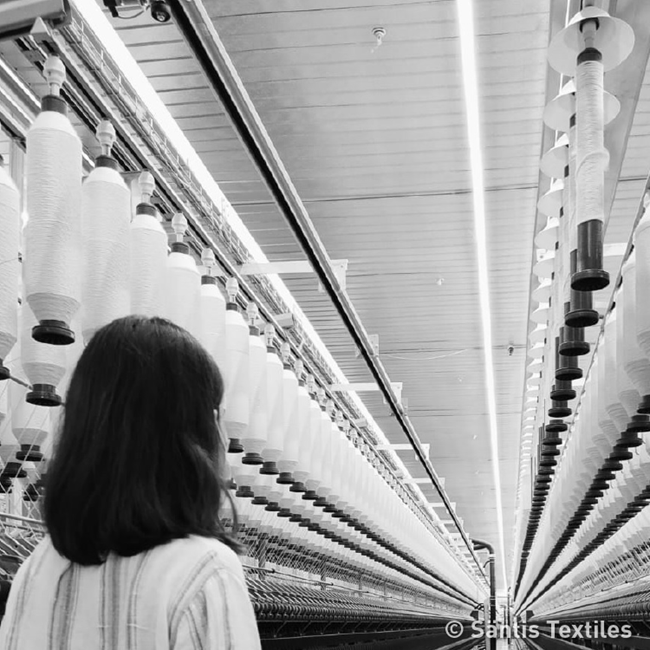Regenerating waste into premium cotton products

16 22
September 2027
Messegelaende HannoverGermany

Printing tomorrow
The industry needs to face it: when printing on textile, whether the process is digital or not, chemicals are used. On top of that, the printed product in most cases still must be steamed and washed. Therefore, the ecological footprint of textile printing will never be zero. But what can we do to reduce the ecological footprint of textile printing? For this we believe there are possibilities at every step of the value chain and the entire industry must evaluate all these possibilities in a joint effort.
At SPGPrints, we also look for improvement from all different angles. Acting where we should and continuously moving the needle towards our sustainable goals. By doing so we shape the future of technology illustrated by our slogan: “Printing Tomorrow”.
Saving energy, water & chemicals
At SPGPrints, saving energy, water and chemicals is a priority. We monitor and purify the water and air we use before it leaves the factories and process our wastewater responsibly. Looking at the beginning of the value chain we set out to improve and defined a project at our own production facilities.
Producing high quality inks for our digital printing solutions requires sourcing the best raw dyes available. The better the quality of the raw dye, the more brilliant the colour and the higher the quality of the printed fabric. But even first-class raw dyes contain minerals and other additives that can impact the quality of inks, which in turn determine the image quality of the printed fabric. Therefore, the next step in the production process is to purify the raw dyes and to remove as much of the unnecessary additives as possible.
Our production teams set out to control and reduce the use of chemicals, waste, and demineralised water for the purification of dyes. After several tests and iteration cycles, the team found an optimum with impressive results. They managed to reduce the footprint of the purification process with the following results in 2021:
• The reduction of our use of demineralised water with 827,200 litre
• 24,000 kilogram less chemical waste
• Energy savings due to 1,316 hours less production time required

The future of sustainable textile printing
This is just one example, but it is a fact that end-to-end sustainability thinking is becoming more and more important in the textile industry. With the future in mind, we need to make the right decisions when it comes to printing techniques. Printing textiles with digital technology contributes to a more sustainable world, but this progress is slowed down by the perceived higher cost per linear metre. But how accurate can we know the difference in cost? All techniques have their specific cost drivers in all steps of the production process.
As long as we don’t have all the answers, let’s make every step along the way as sustainable as possible, even in seemingly trivial steps like manufacturing inks.

Jos Notermans, Product Manager Digital Printing, SPGPrints
About SPGPrints
Throughout its unique history, SPGPrints has developed into an internationally acknowledged authority in textile printing, dedicated to bringing colour to the world. It focuses on innovation with taking care of our planet as a constant priority. It also takes pride in putting customers first, deploying their expertise, resources, and network to help them achieve their goals.
Subscribe to our mailing list and stay up-to-date with news and developments in ITMA and the textile and garment industry.